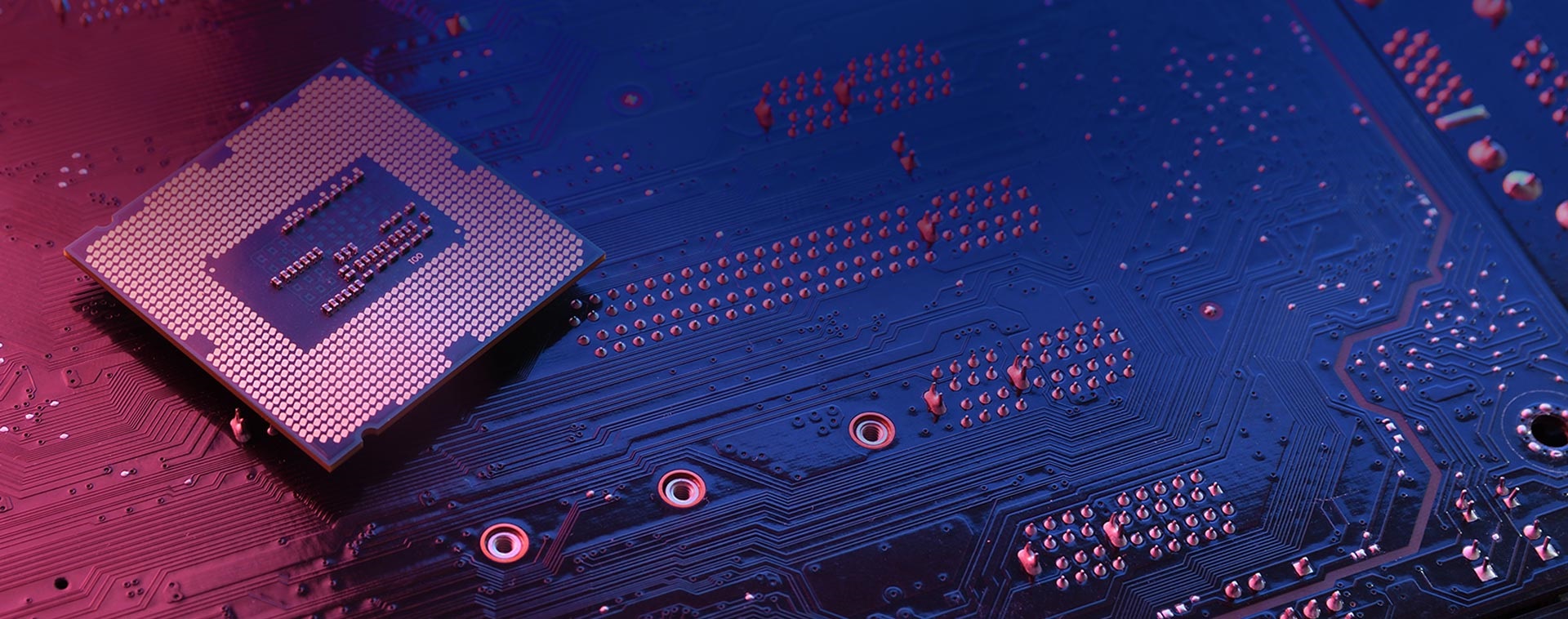Seminar Details
Microwave absorbers have found extensive applications in both military and commercial sectors over an extended period. Certain applications, such as shielding, bolometers, and pixel detectors, utilize the ultra-thin narrow-band absorbers. On the other hand, wideband absorbers are essential for uses like radar cross-section (RCS) reduction and stealth technologies. Numerous techniques have been devised for the construction of wideband absorbers. However, traditional microwave absorbers suffer from drawbacks such as excessive thickness, bulky dimensions, and limited absorption bandwidth. Hence, they are unsuitable for use in modern electromagnetic devices. Thus, there is a necessity to develop absorber structures with reduced thickness while maintaining adequate absorption bandwidth. The primary motive of this research work is to construct flexible, polarisation-insensitive, angularly stable absorbers having wideband applications in the microwave regime. To accomplish this task, microwave absorbers have been developed covering different frequency ranges such as L (1-2 GHz), S (2-4 GHz), C (4-8 GHz), X (8-12 GHz), and Ku (12-18 GHz) bands. Resistive ink patterns are applied on the upper layer of a dielectric spacer, which assists in absorbing incoming electromagnetic (EM) waves across a wide frequency range, primarily because of its ohmic loss properties. These absorbers find applications in stealth technology, mitigation of electromagnetic interference, enhancement in electromagnetic compatibility, reduction in radar cross-section, etc. Additionally, equivalent circuit model and characteristic mode analysis have been investigated to get the physical insights behind the absorption mechanism.



